I have been intrigued with Nixie clocks for some time, but was daunted by the high voltages required to run them. I decided to try experimenting with Numitrons first, since they are very similar to 7-segment LED displays, but with filaments in a glass tube instead of LEDs. After trying out some simple circuits with an Arduino, some shift registers, and some Numitron tubes, I decided to purchase some Nixie tubes on Ebay and give it a go. The way I have designed this clock, the Nixies display the hours, minutes, and seconds, while the Numitrons will display the temperature, the date, or any other information that I want to display.
Nixie and Numitron Clock
Combining the retro awesomeness of Nixie tubes and Numitrons to make one cool clock.
 Charles Ahrens
Charles Ahrens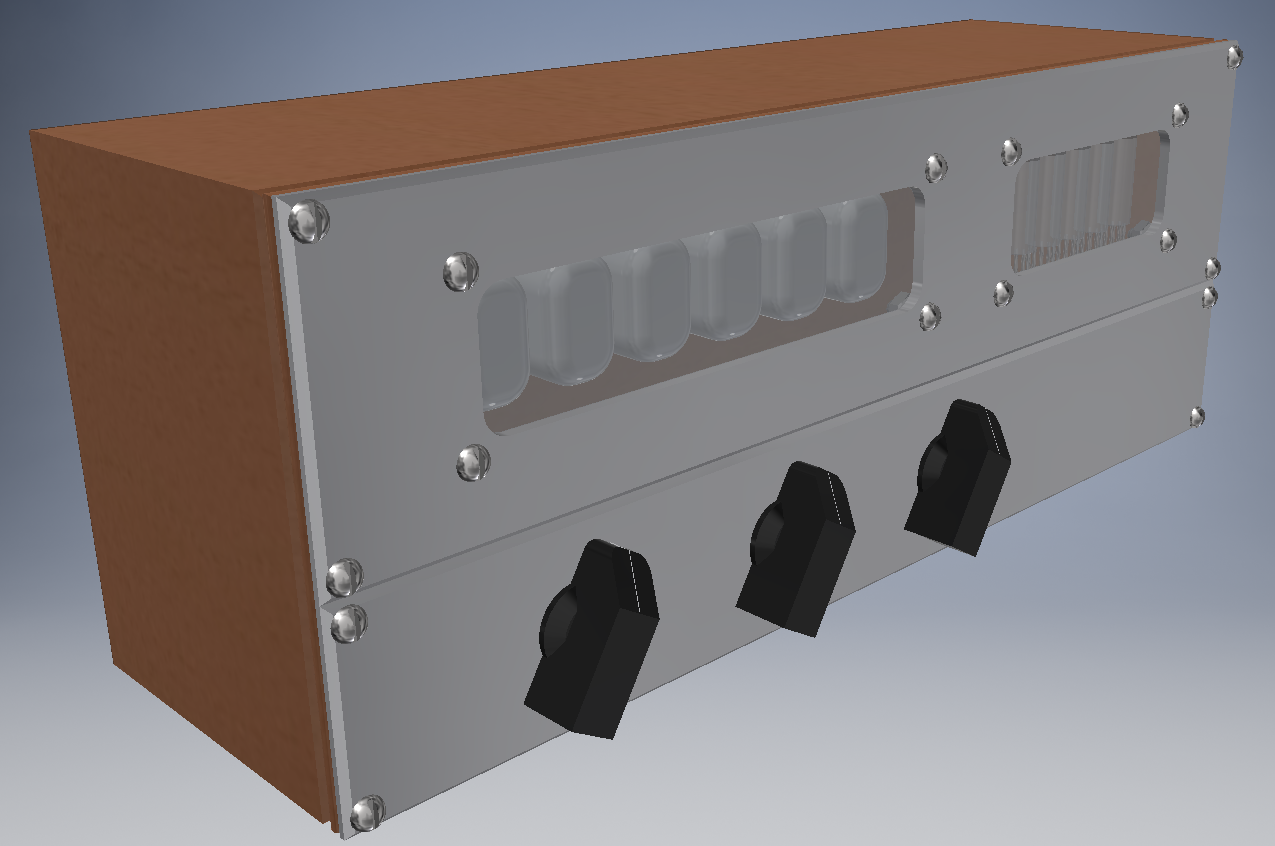
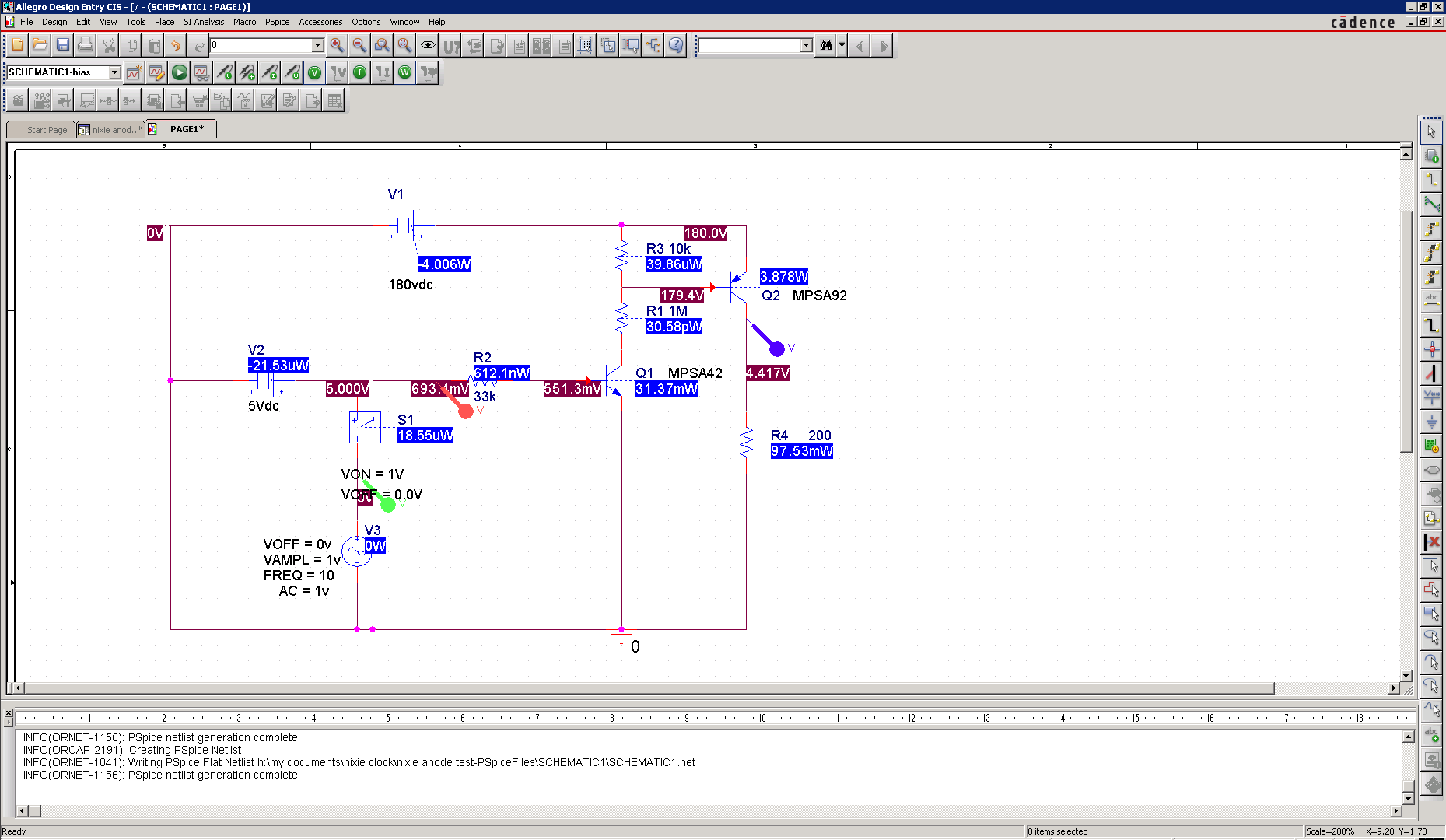
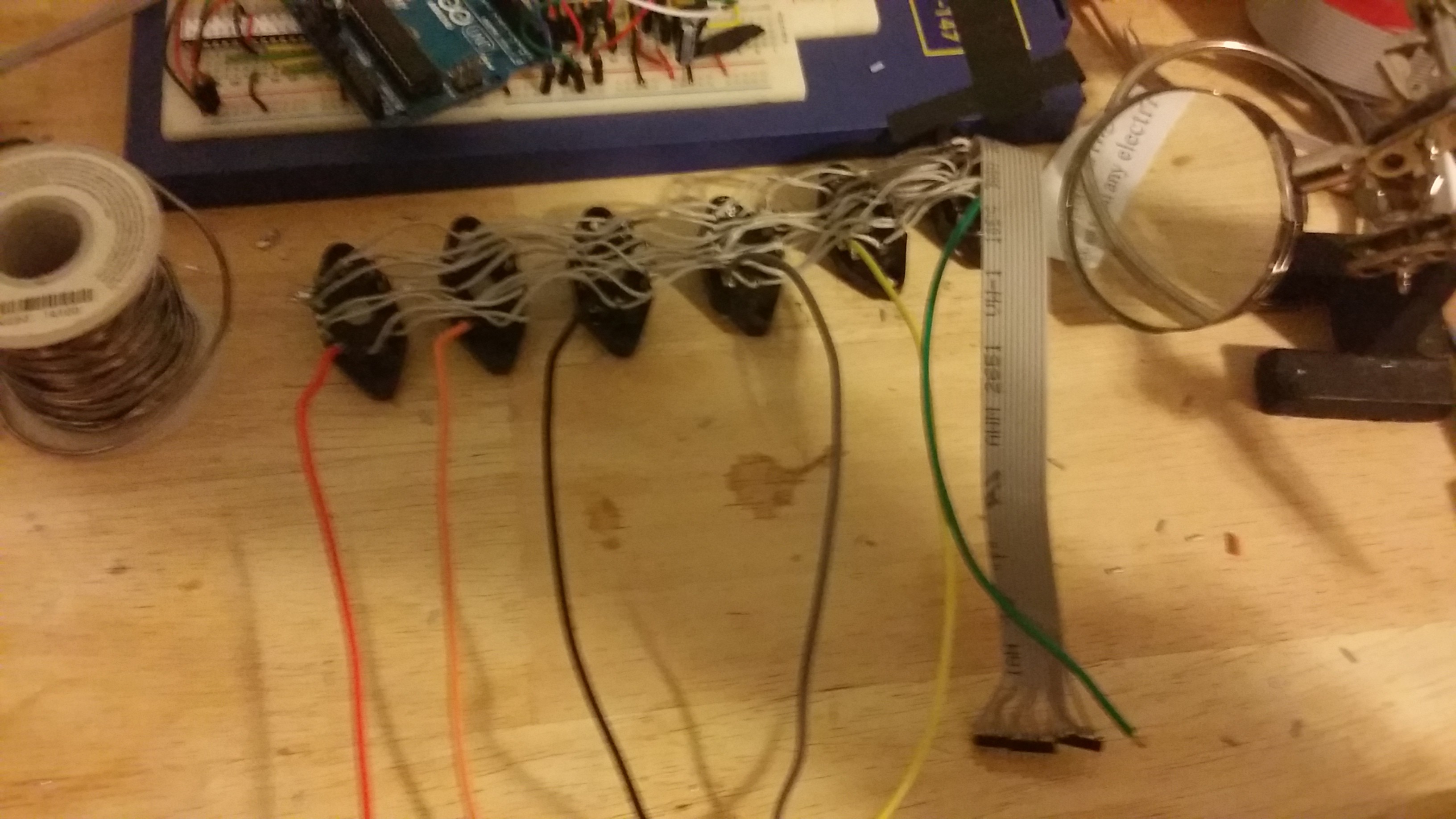
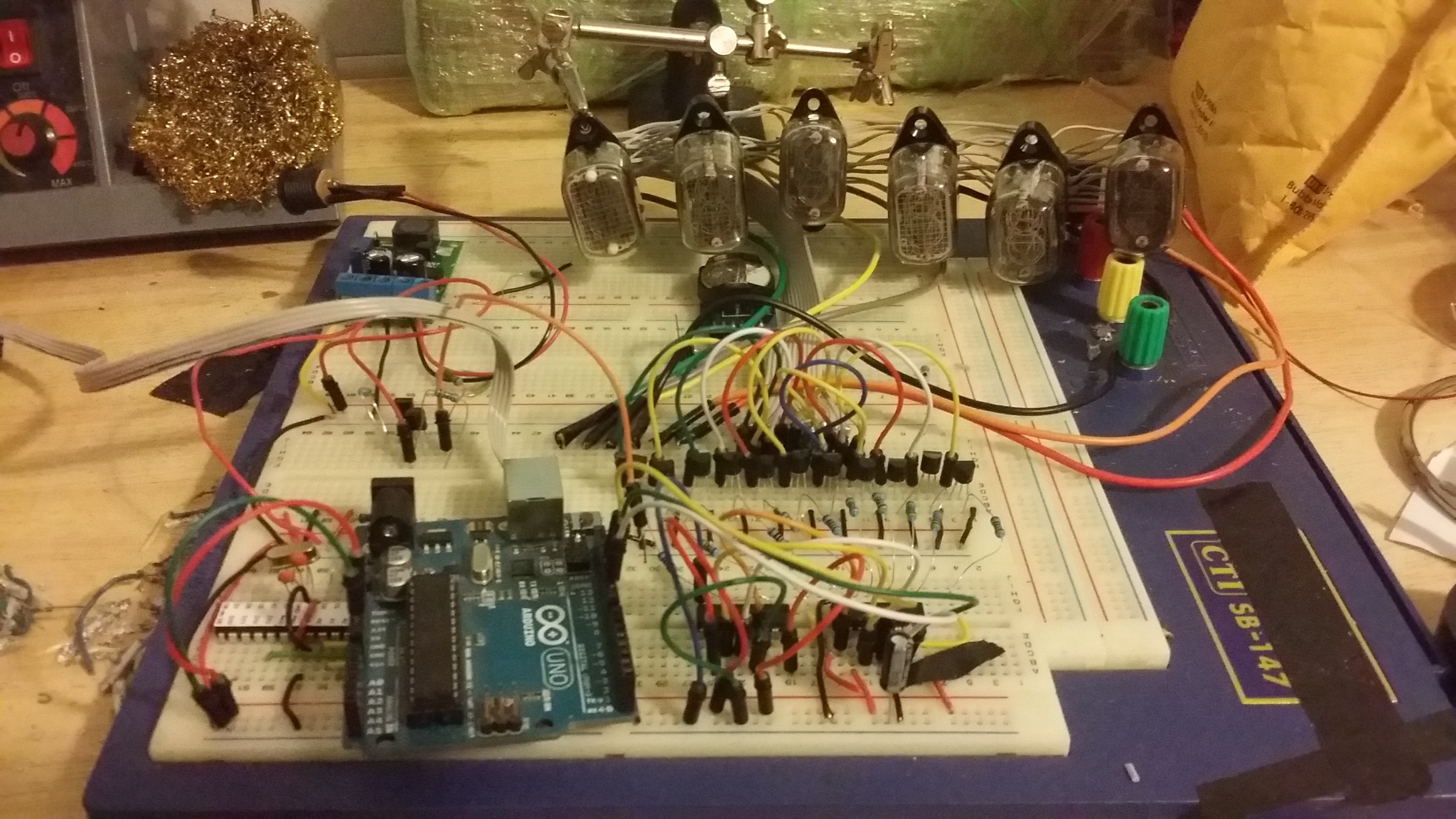
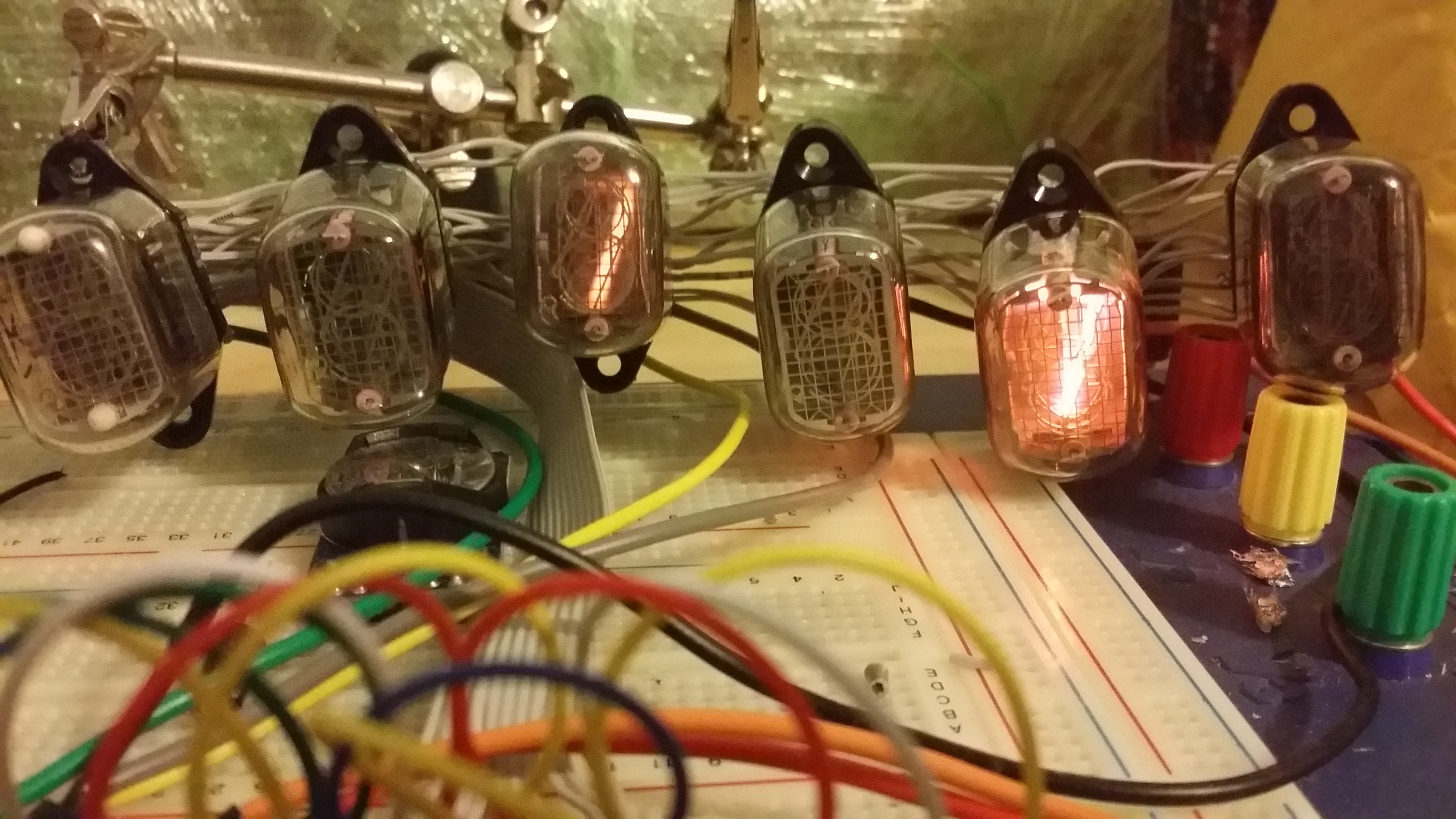
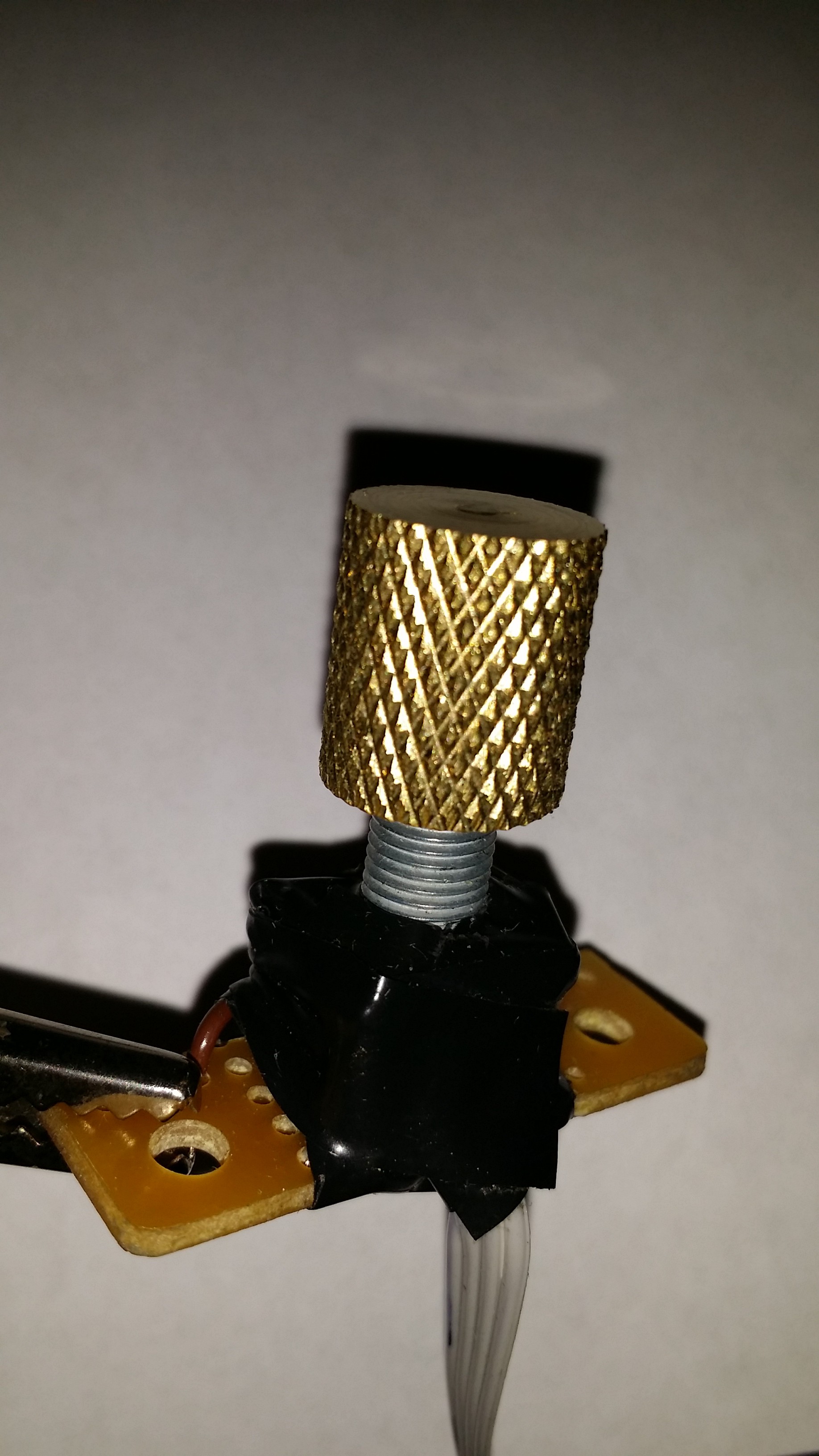
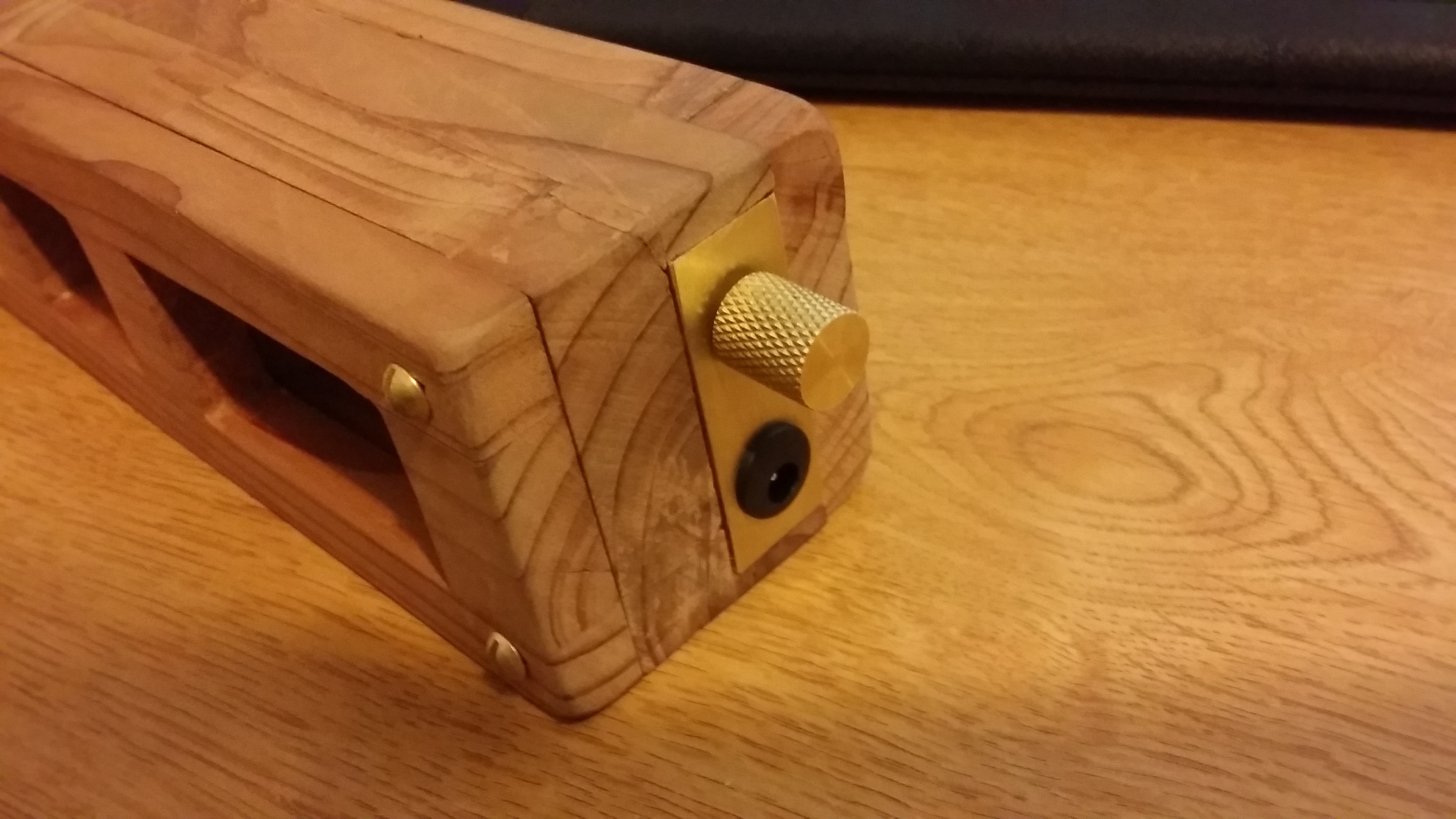
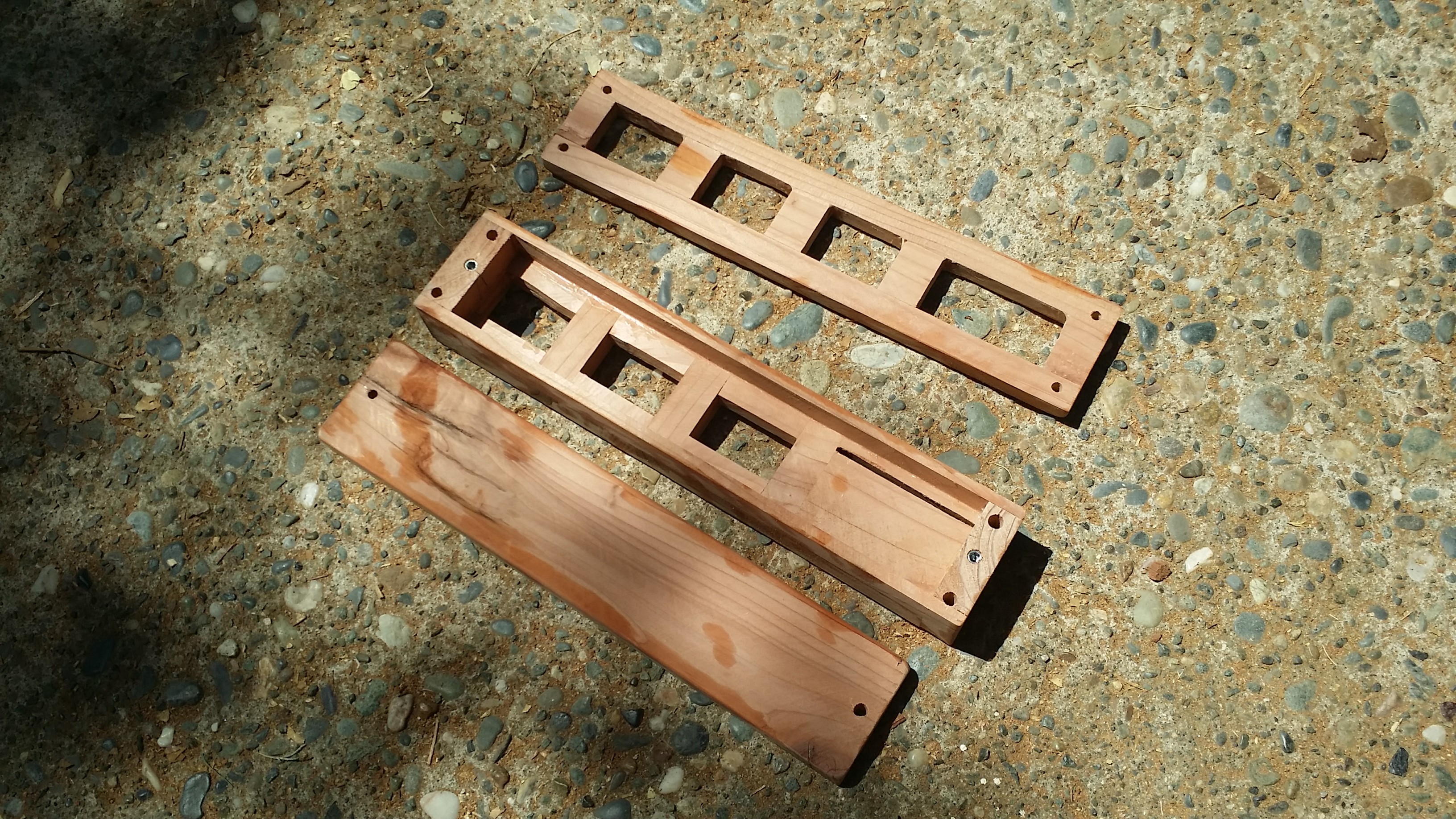
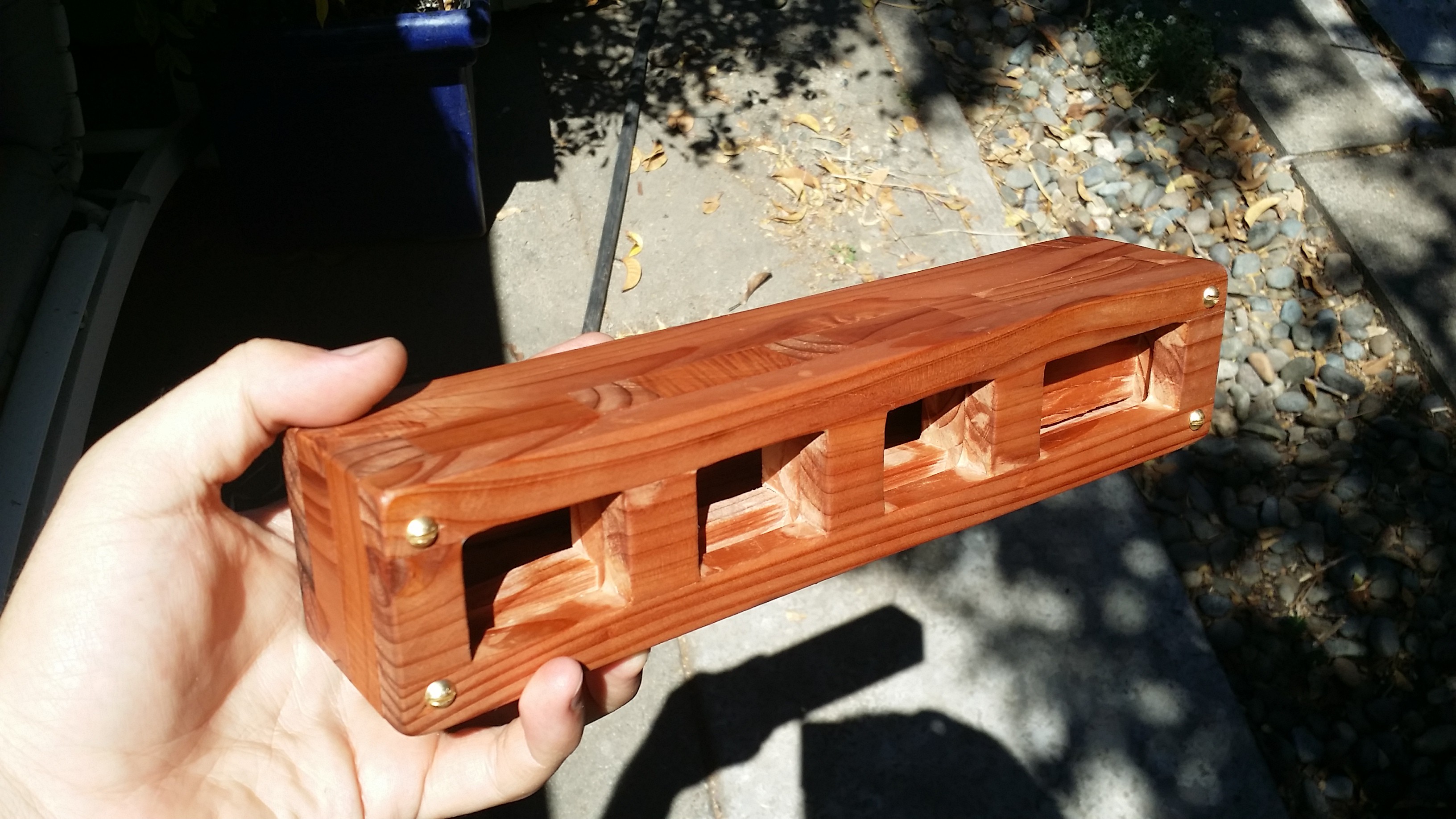
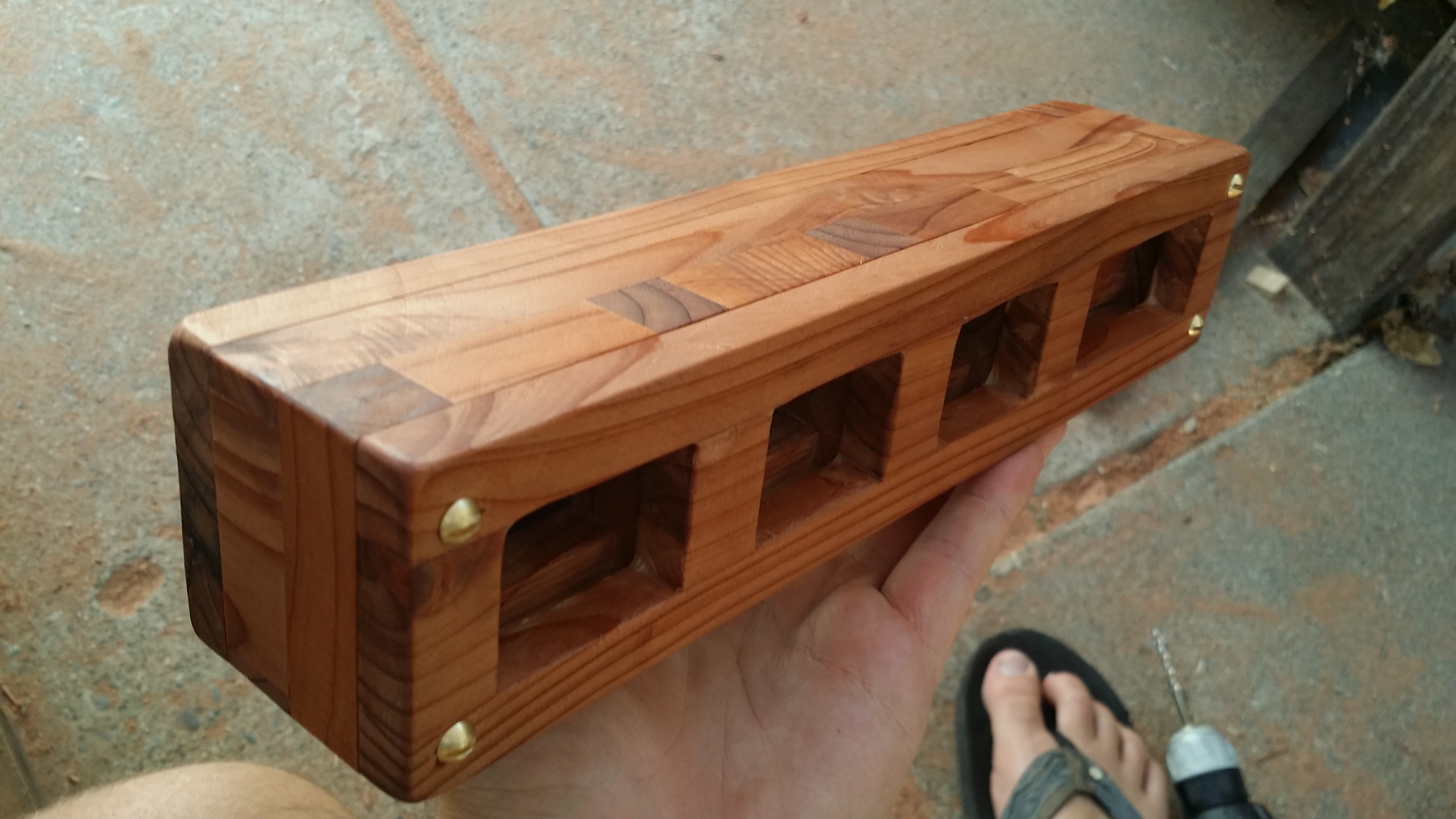
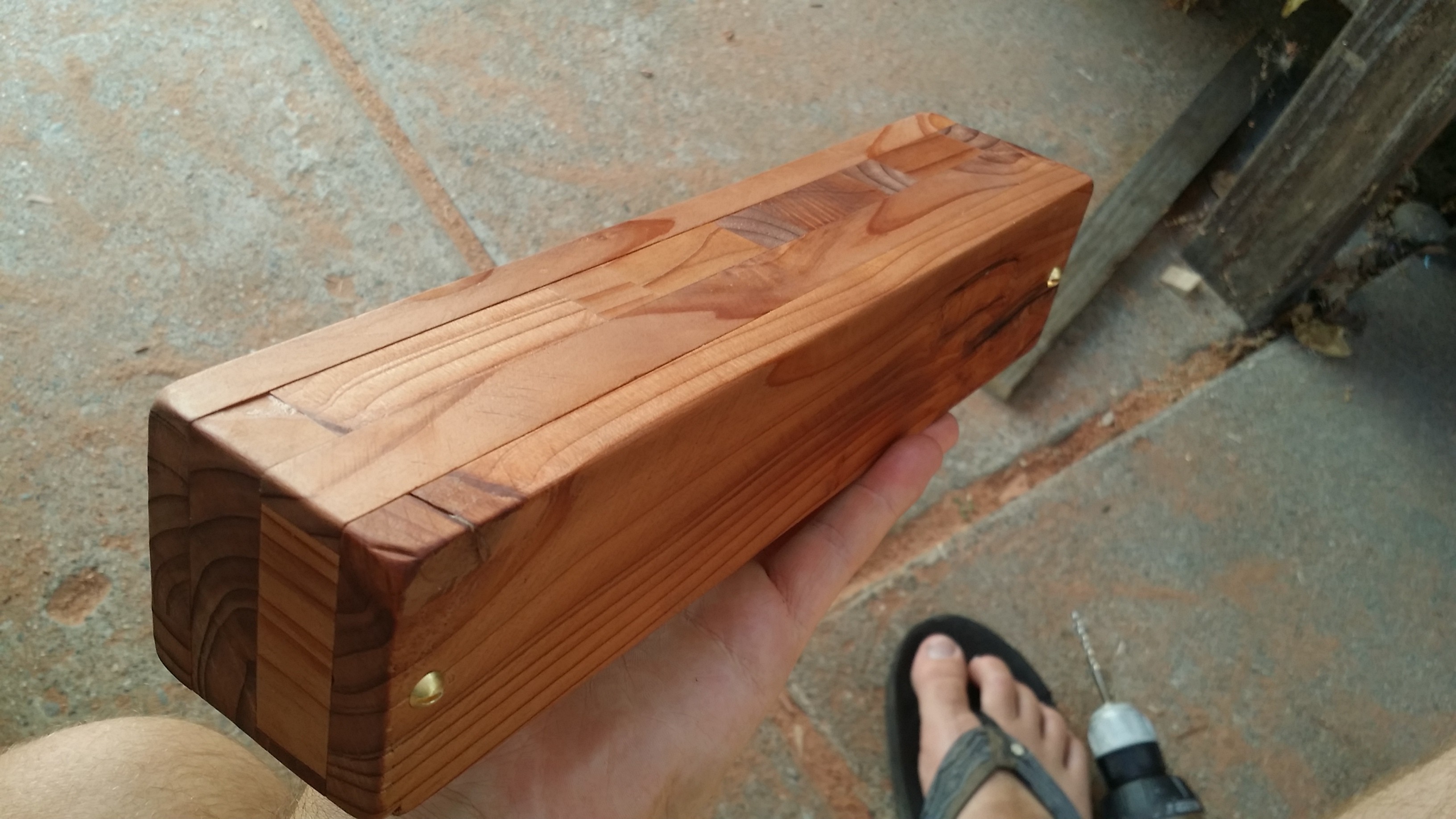 This is the assembled clock with tubes in. Right before I took this, I dropped (and shattered) one of the Numitron tubes, so I will have to order another from ebay.
This is the assembled clock with tubes in. Right before I took this, I dropped (and shattered) one of the Numitron tubes, so I will have to order another from ebay.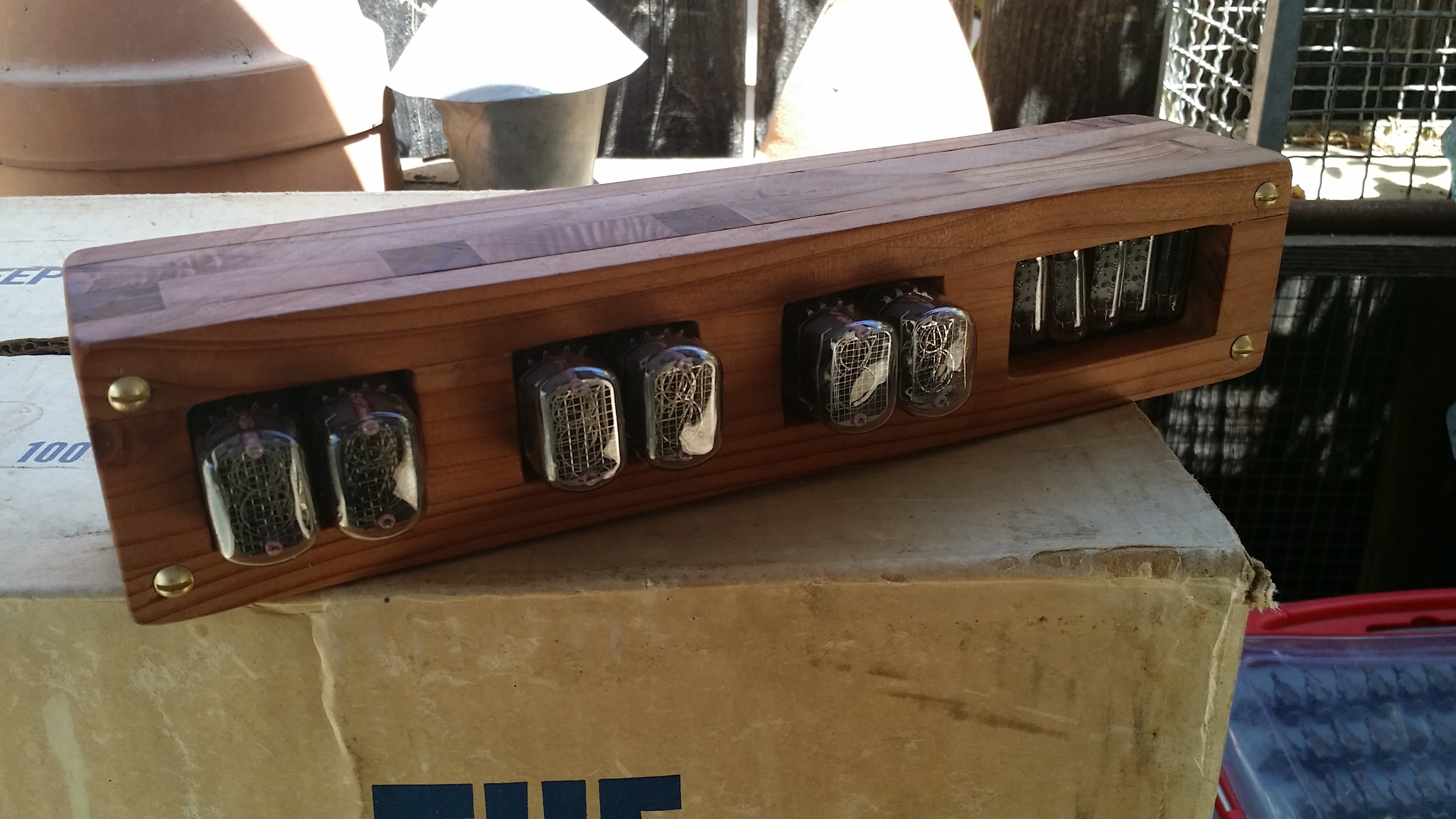
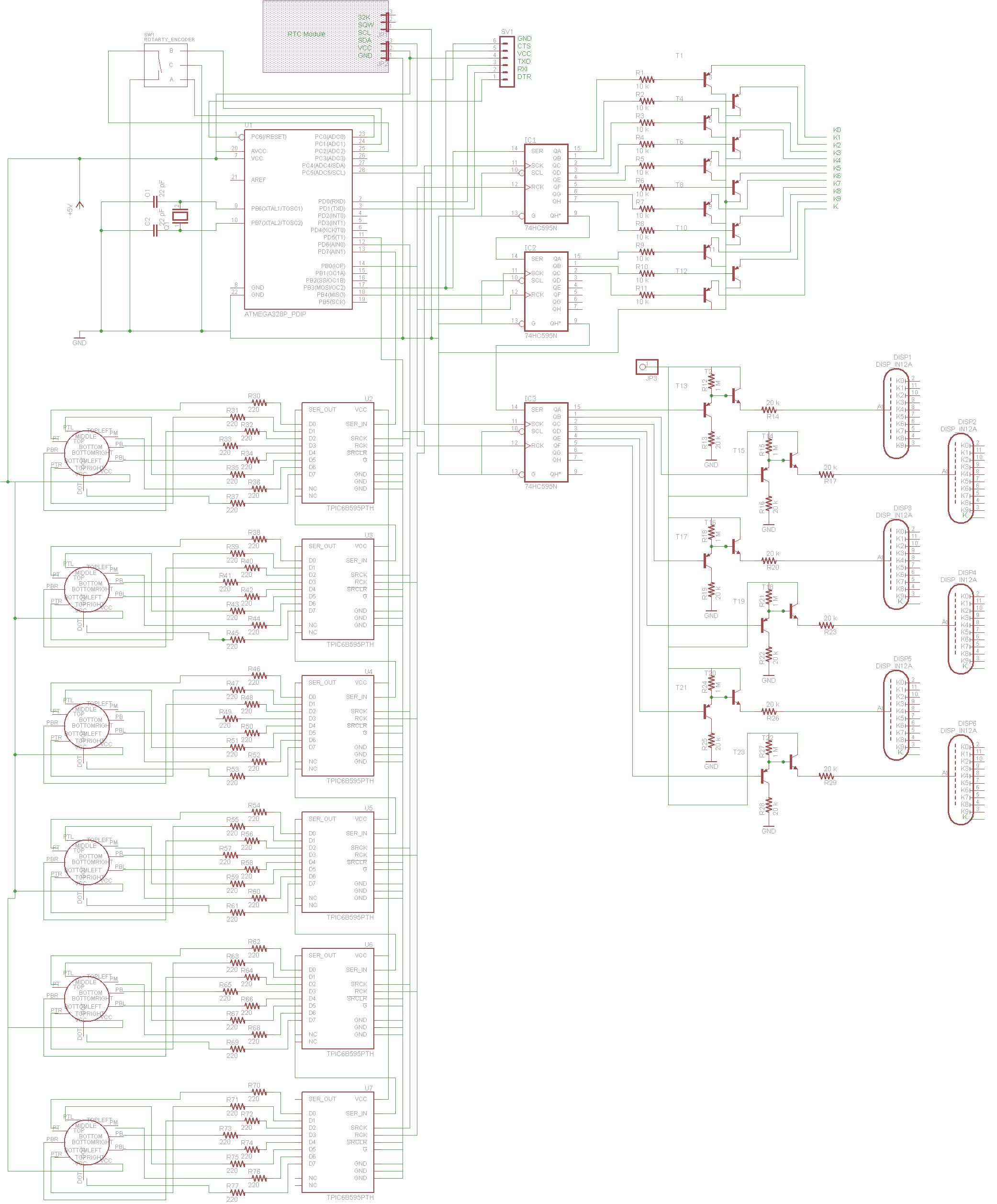
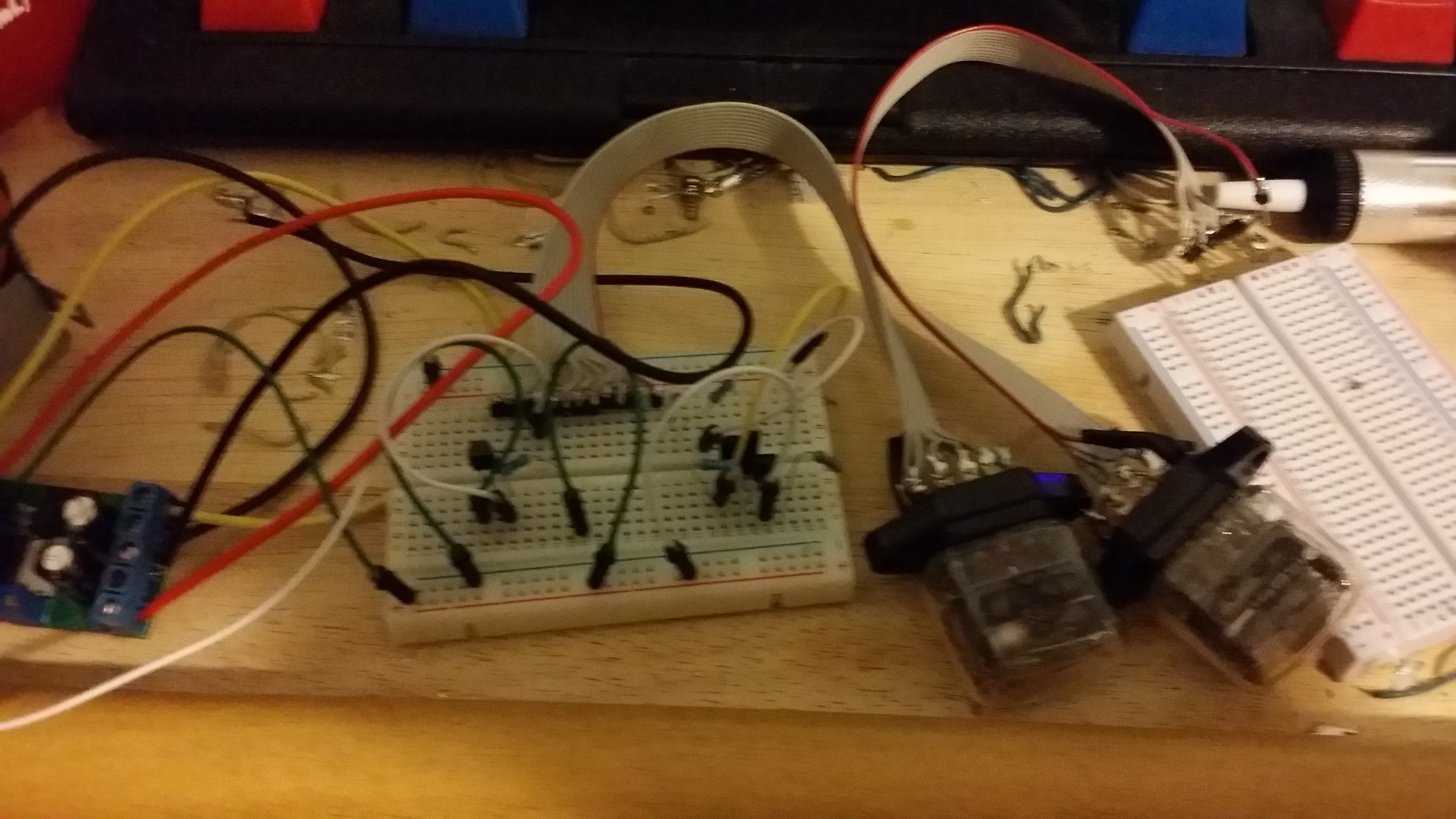
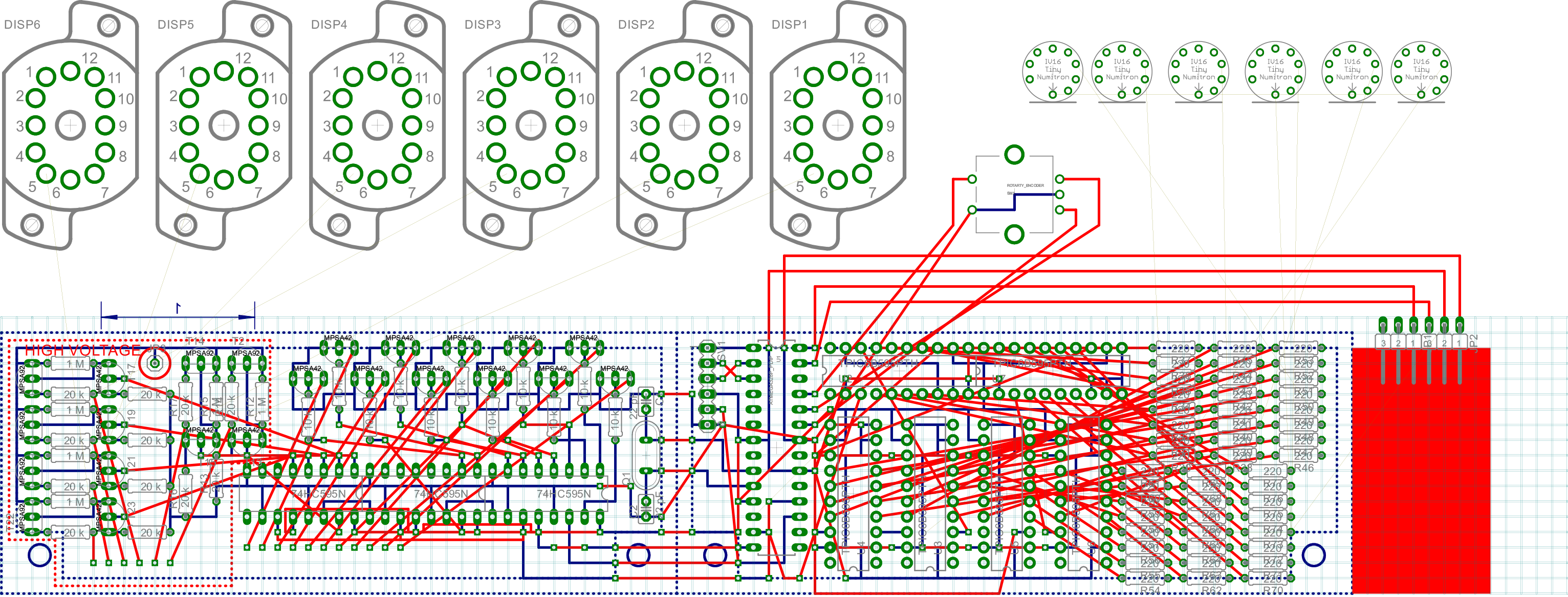
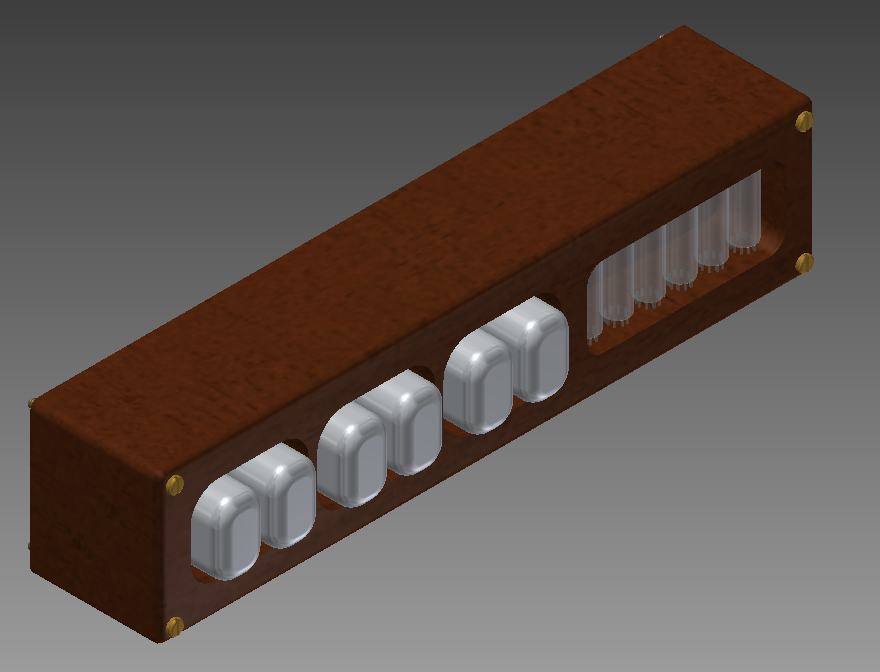



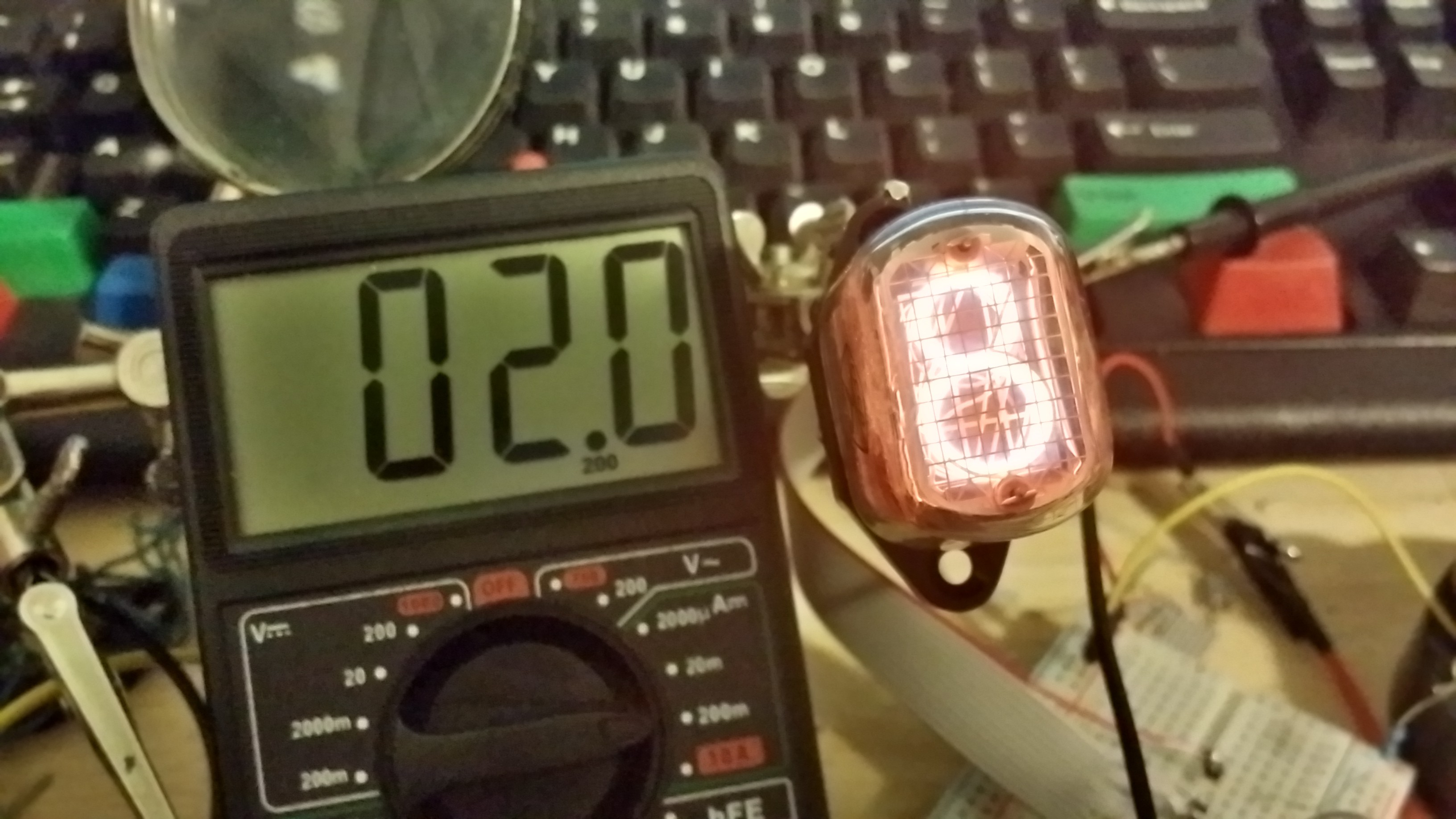
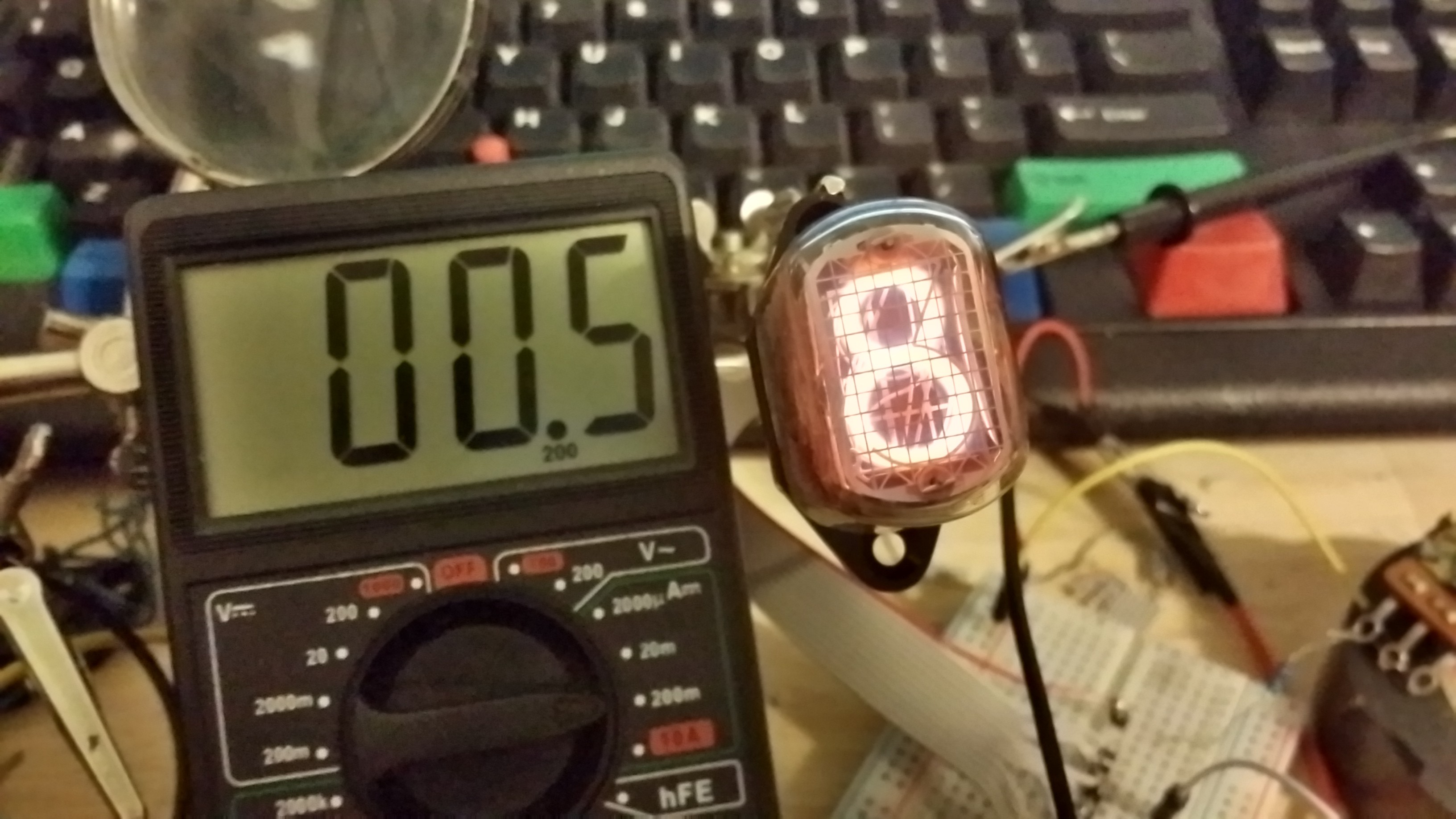

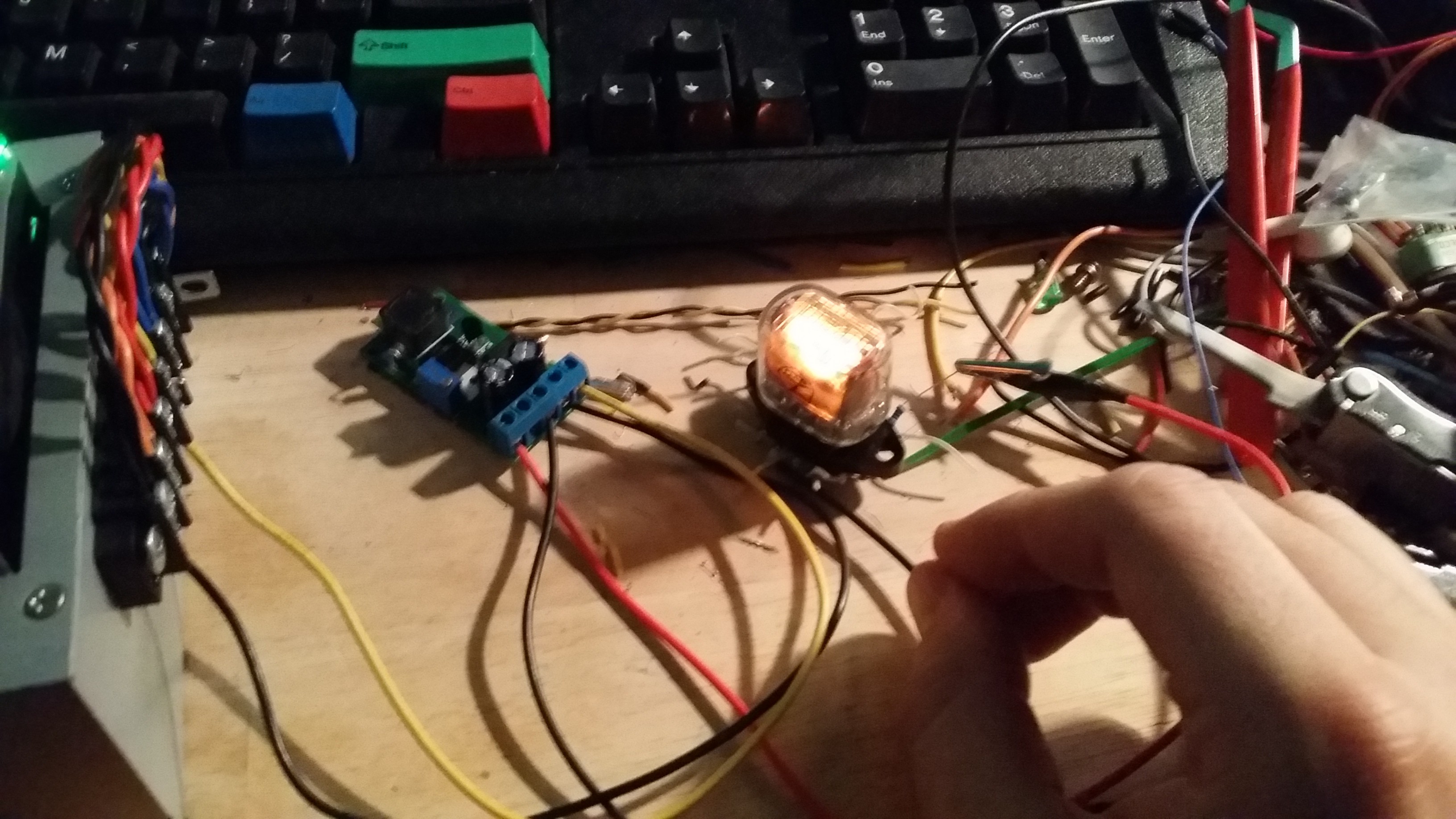

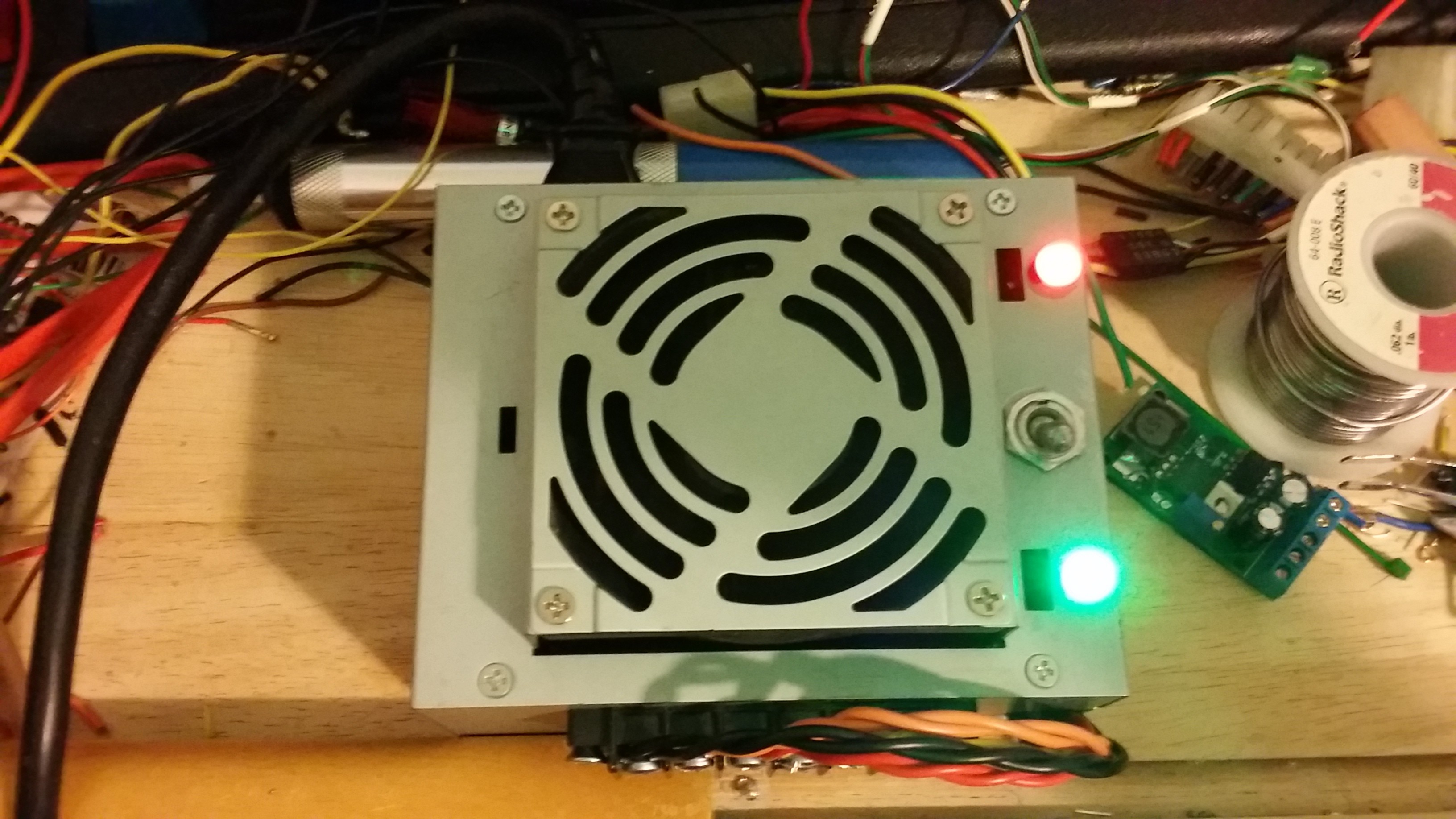

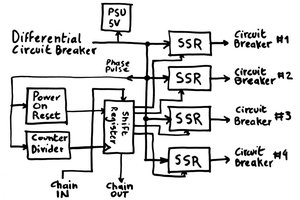
 Yann Guidon / YGDES
Yann Guidon / YGDES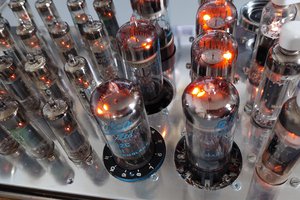
 Charles van Den
Charles van Den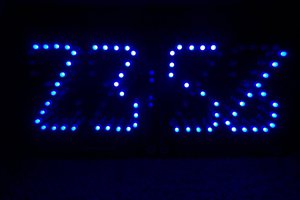
 Ken Yap
Ken Yap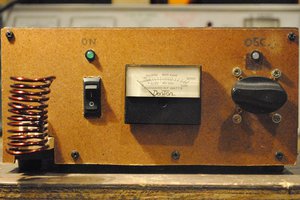
 Nicholas Amrich
Nicholas Amrich
This clock is just what I have been looking for. I have a bunch of IN-14 and IN-12 tubes. Now I just need to pick up the Numitrons. Thanks for posting this.